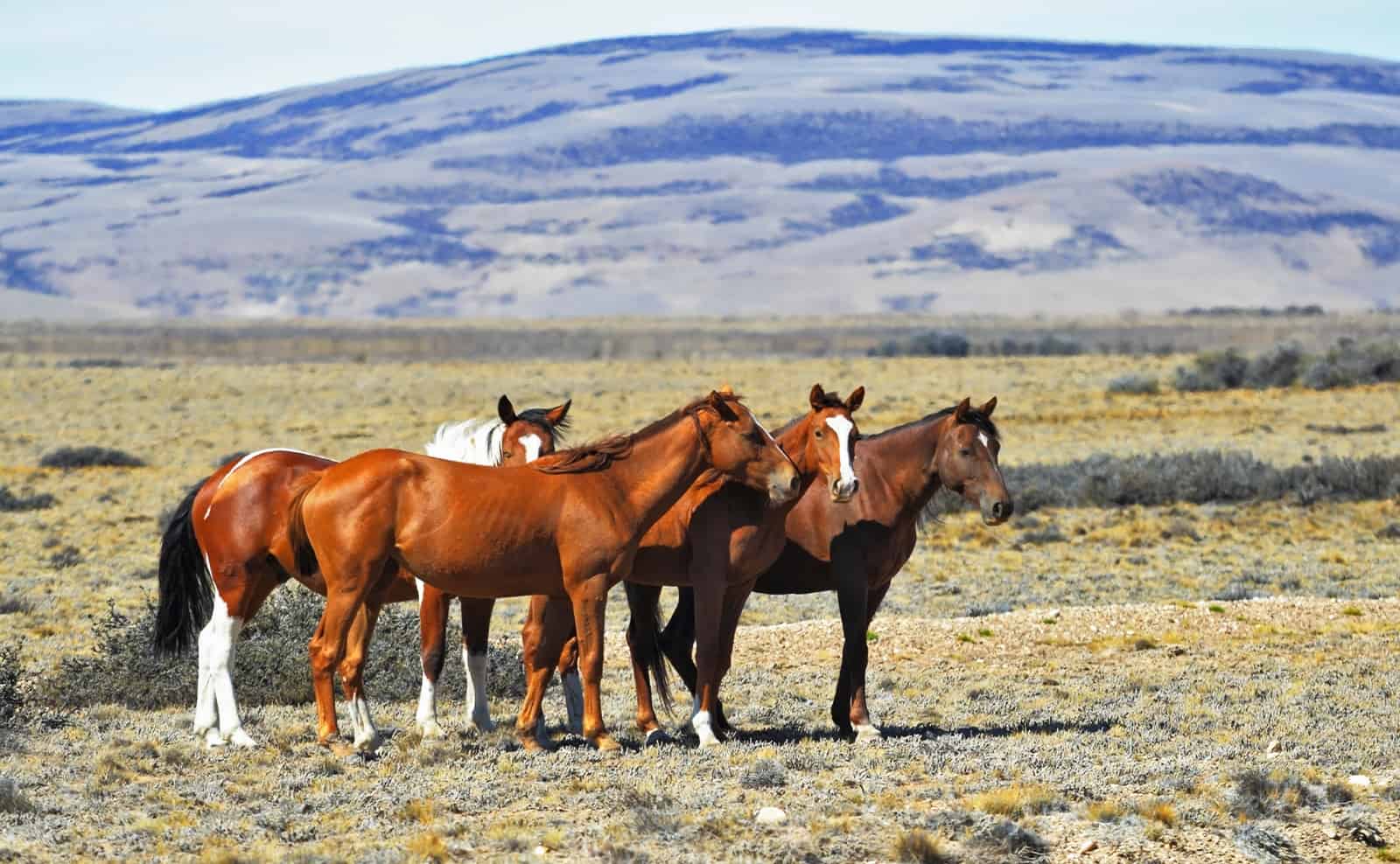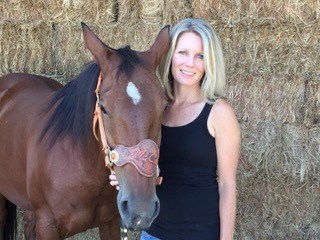Researchers Study Predictors for Successful Wild Horse Adoptions

Only a handful of studies have focused on wild horse adoptions, so to address limitations in previous studies as well as gain a broader geographic perspective, two researchers recently aimed to examine predictors for successful adoptions in Colorado and Texas—two states with the highest rates of wild horse adoption.
“We posited that the first year was the most crucial in determining adoption satisfaction and, thus, wanted to follow adopters in real time,” said Mary Koncel, MFA, MS, from the Center for Animals and Public Policy at Cummings School of Veterinary Medicine, Tufts University.
The researchers recruited 52 study participants (half from Colorado, half from Texas) at satellite adoptions or Extreme/Supreme Mustang Makeover competitions and conducted three in-depth interviews: Phase I, upon adoption; Phase II, during the first six months after adoption; and Phase III, between months six and 12 after adoption
Create a free account with TheHorse.com to view this content.
TheHorse.com is home to thousands of free articles about horse health care. In order to access some of our exclusive free content, you must be signed into TheHorse.com.
Start your free account today!
Already have an account?
and continue reading.

Written by:
Casie Bazay, NBCAAM
Related Articles
Stay on top of the most recent Horse Health news with















